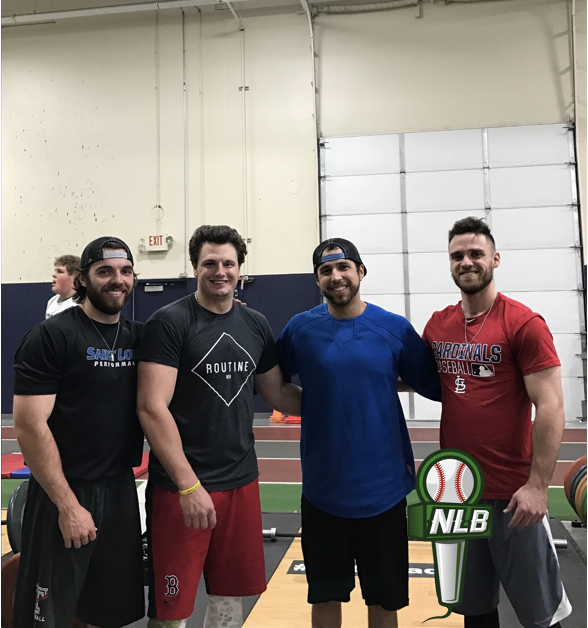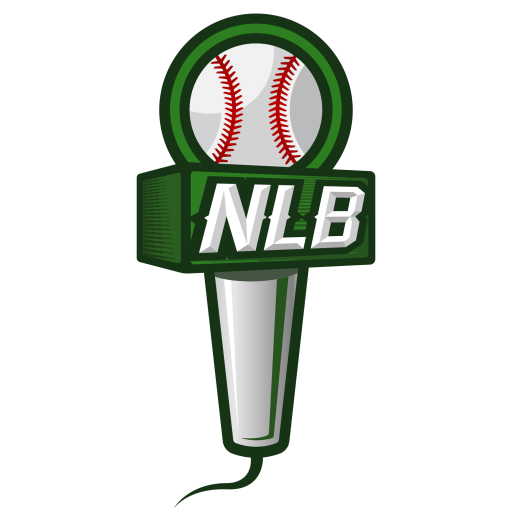Notice I did not title this article “In season lifting.” Why not? Because the very first and most important point I want to make is that in season training is so much more than just lifting to maintain strength and muscle mass.
When a pro athlete goes through a typical training day during one of our in-season programs, it will contain 3 components.
First, it will always start with self-myofascial release, or more commonly known as foam rolling and possibly using a lacrosse ball. The repetitive single side rotating nature of the sport of baseball naturally leads to muscle imbalances. Our goal is to prevent those imbalances from happening during the season so we don’t have to spend the off season correcting them.
The athlete will come in and use the foam roller or lacrosse ball to attack specific weak points and tight muscles that have been identified as some possible problems. For example, they may spend some time rolling out their upper back to maintain good thoracic rotation or rolling out the bottom of their feet because they spend so much time in cleats every day.
Next comes the extended warm up. This might be arguably the most important part of our in-season training. We choose to stay away from static stretching at this point, but rather opt for movements that require stability and ranges of motion that are not found while playing baseball.
For example, a warm up may include movements like lateral lunges, dead bugs, bird dogs, bowler squats, and bear crawls just to name a few. The goal is both to stimulate muscle function that is not routinely used in season as well as to reach new ranges of motion and “stretch” the muscle through movement.
Athletes will each have their own individualized warm up, and the ones that are diligent in performing them will minimize their risk of injury during the season.
Finally, the last component is of course maintaining strength, power, and muscle mass. Baseball is naturally a high velocity sport. Throwing a 5oz. baseball and swinging a 30oz. bat quickly requires a lot of power, so maintaining it will be important.
This could come in several different ways depending on the specific athlete, but for the majority it comes through compound movements such as squat, RDL, pull ups, and push-ups. We will also train based on how the athlete feels.
For example, instead of saying “2 reps at 85%,” we might say “work up to a moderately heavy double. This will allow for us to account for the fatigue that accumulates throughout a long week of games. It keeps the athletes strong without diminishing their on-field performance.
There is one more component that I should mention, but this can be down outside of the watchful eye of a trainer and that is the recovery process. If athletes are not sleeping enough, or eating enough of the right kinds of foods, it will greatly affect their performance as the season goes on. Baseball is both a mental and physical grind and the recovery process for both should not be taken likely.
The plus side to in season training in a well-structured training facility is the atmosphere and environment that breeds proper lifestyle behaviors such as those.
If you get the opportunity to be trusted with a professional in-season training program, remember lifting, although important, is only one part of the equation.



